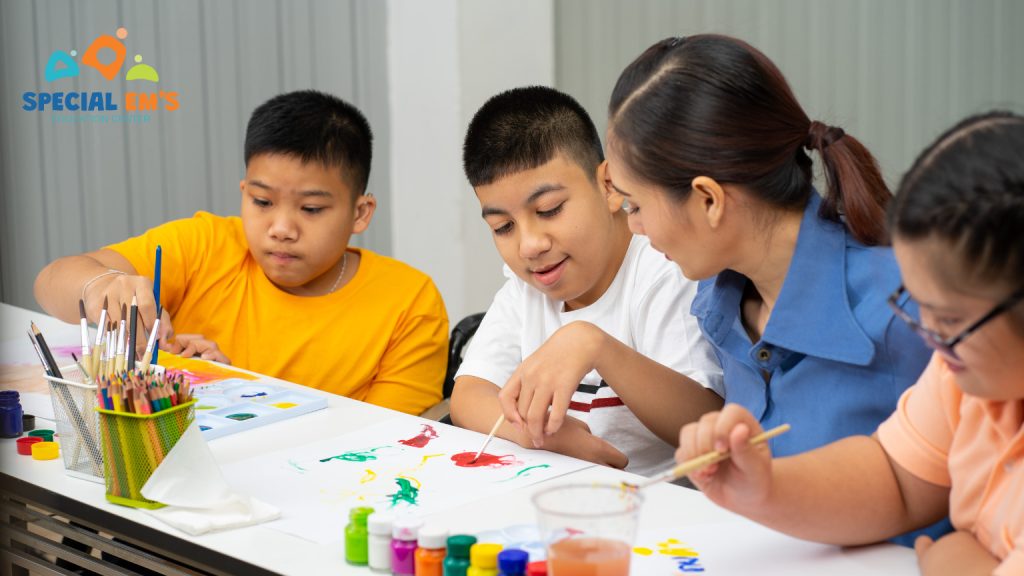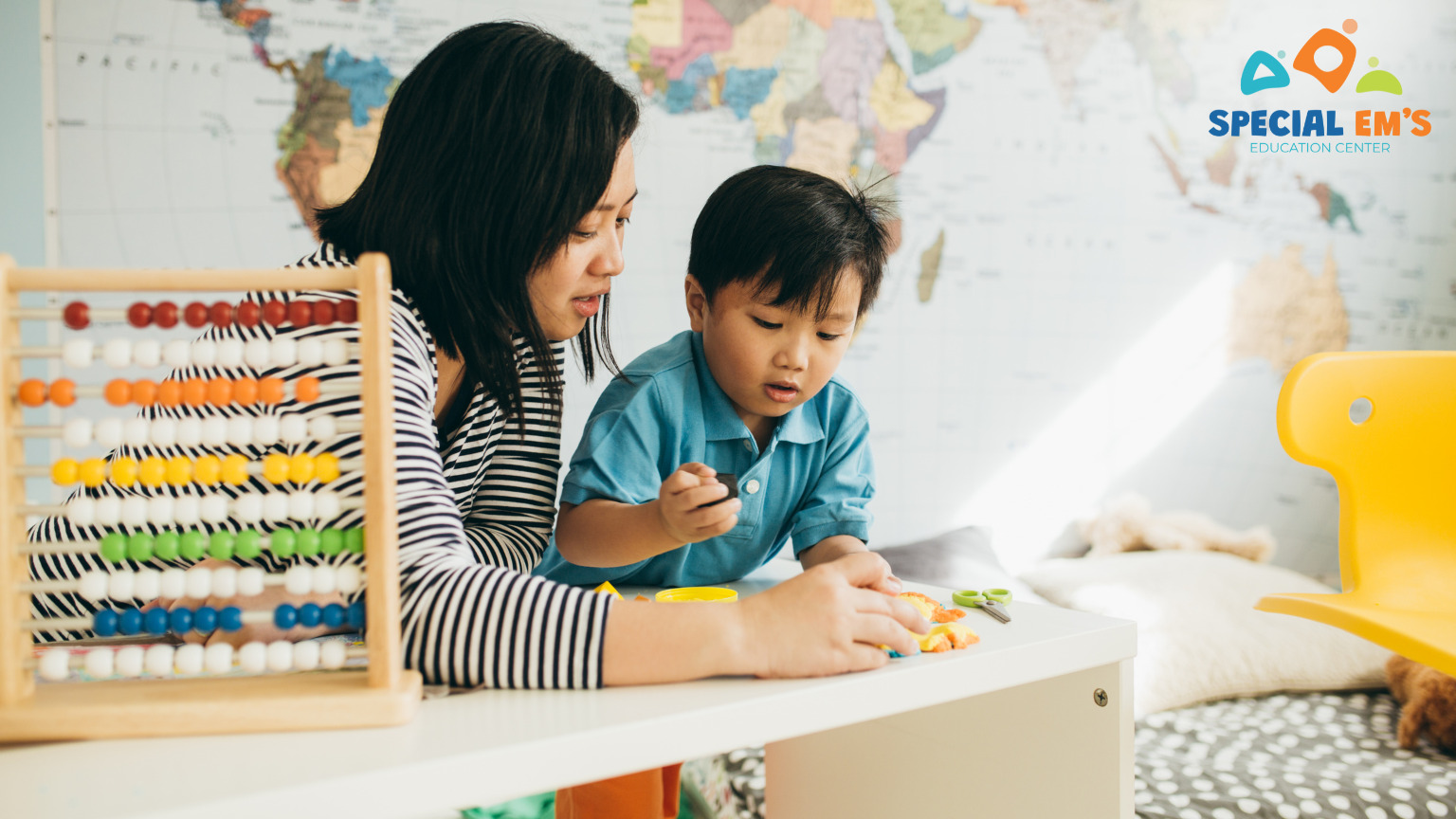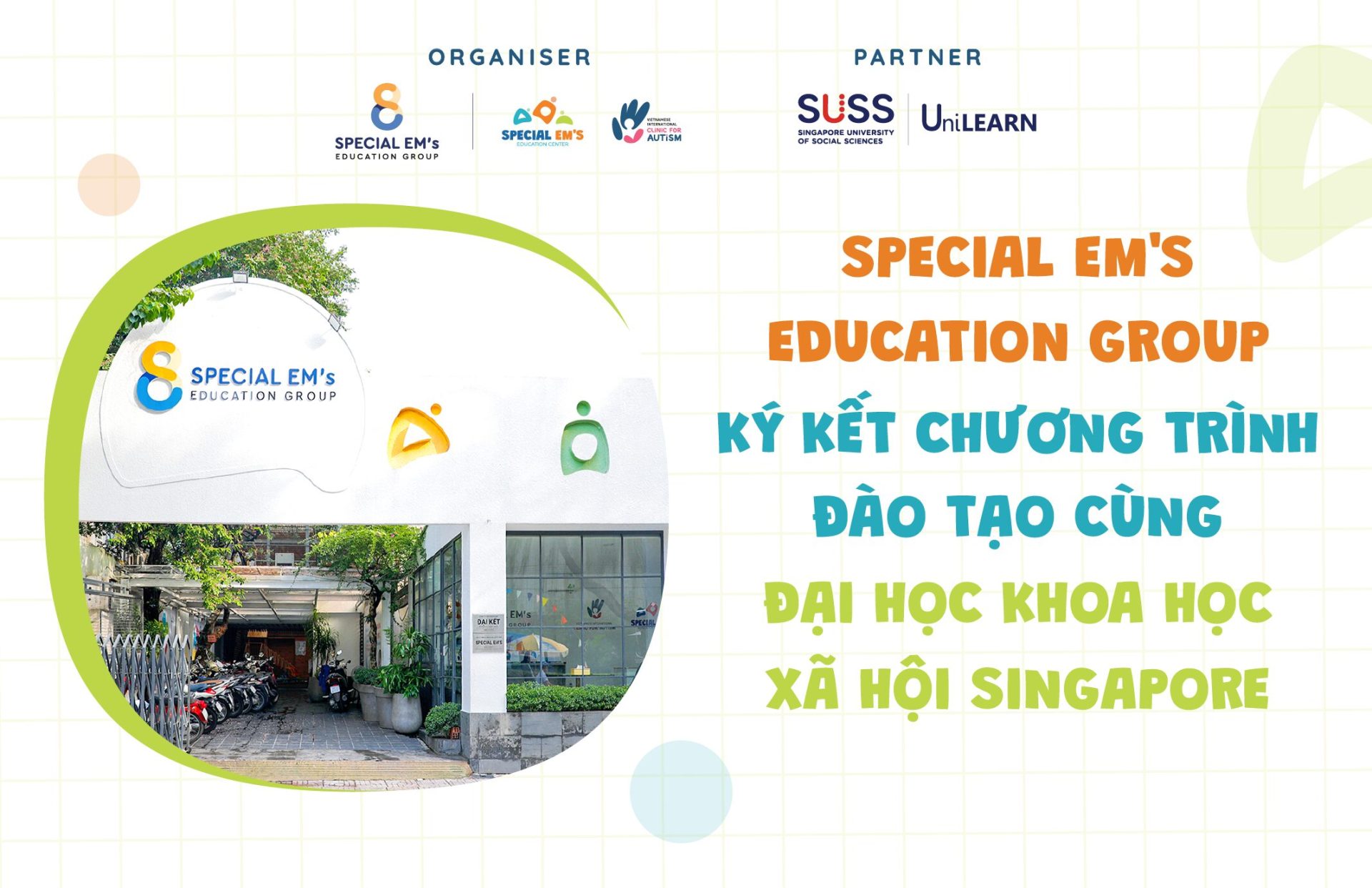October 26, 2023
Every child need an individualized education plan
The Individualized Education Program (IEP) is a written document that outlines a child’s education. As the name implies, the education program should be tailored to the individual student to provide the maximum benefit. The keyword is individual. A program that is appropriate for one child with Autism may not be right for another.
The IEP is the cornerstone for the education of a child with a disability. It should identify the services a child needs so that he/she will meet their learning objectives during the school year. It is also a legal document that outlines:
- The child’s special education plan (goals for the school year)
- Services needed to help the child meet those goals
- A method for evaluating the student’s progress
To develop an IEP, the local education agency officials and others involved in the child’s educational program meet to discuss education-related goals.
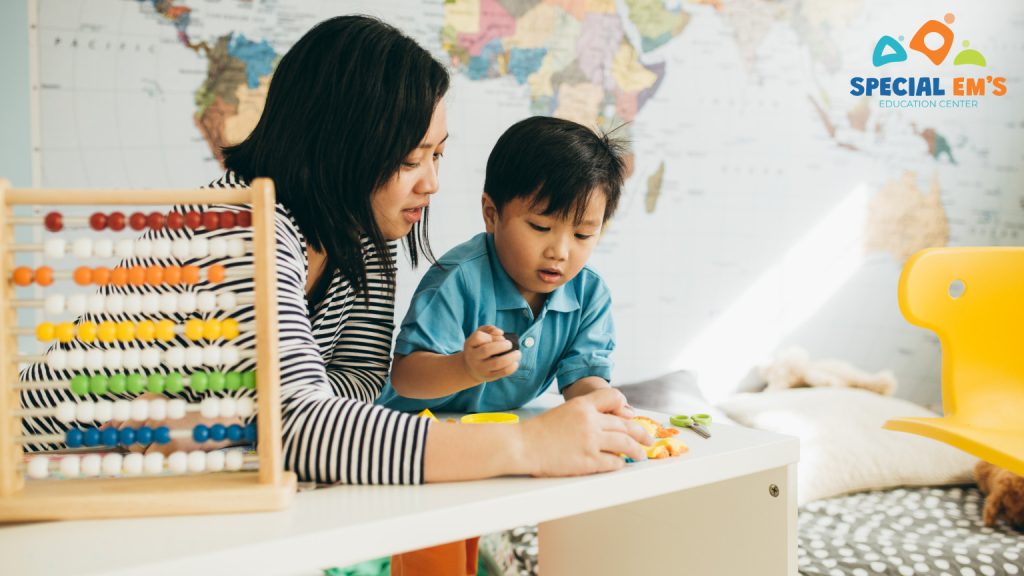
By law, the following people must be invited to attend the IEP meeting:
- One or both of the child’s parents/care providers
- The child’s teacher or prospective teacher
- A representative of the public agency (local education agency), other than the child’s teacher, who is qualified to provide or supervise the provision of special education
- The child, if appropriate
- Other individuals at the discretion of the parent(s)/care provider(s) or agency (e.g. a physician, advocate, or neighbor)
Parents/care providers may request a review or revision of the IEP at any time. Teachers and school personnel should come prepared for the meeting with an outline of goals and objectives as clearly as possible for parents to review. Parents/care providers are entitled to participate in the IEP meeting as equal participants with suggestions and opinions regarding their child’s education.
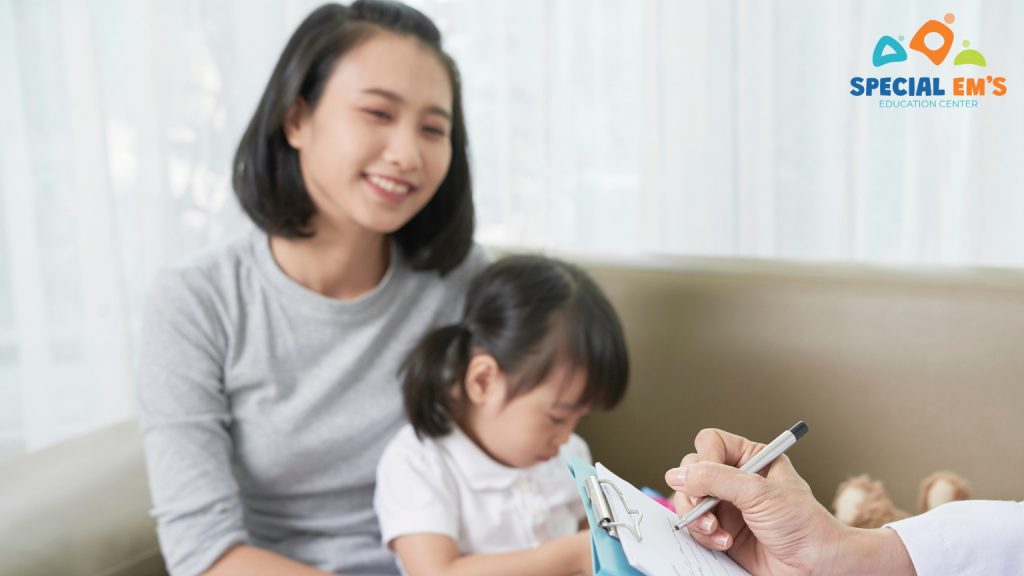
When preparing for your IEP meeting, consider the following:
- What is your vision for your child – for the future as well as the next school year?
- What are your child’s strengths, needs, and interests?
- What are your major concerns about his/her education?
- What has and has not worked in your child’s education thus far?
- Does the evaluation fit with what you know about your child?
- Are there any special factors to consider, such as communication needs or a positive behavioral intervention plan?
While the IEP meeting is meant to develop an education plan for the student, it is also an opportunity for families to share information about their child and their expectations and what techniques have worked at home. If for some reason parents/care providers disagree with the proposed IEP, there is recourse
Content of the IEP
The IEP should address all areas in which a child needs educational assistance. These can include academic and non-academic goals if the services to be provided will result in educational benefit for the child. All areas of projected need, such as social skills (playing with other children, responding to questions), functional skills (dressing, crossing the street), and related services (occupational, speech, or physical therapy) can also be included in the IEP.
The IEP should list the setting in which the services will be provided and the professionals who will provide the service. Content of an IEP must include the following:
- A statement of the child’s present level of educational performance. This should include both academic and nonacademic aspects of his/her performance.
- A statement of specific, well-defined goals that the student may reasonably accomplish within the next 12 months. These goals should directly relate to a student’s disability-related needs, and include baseline data supported by the student’s present level of academic and functional performance. It must be clear how goal progress will be monitored and reported
- If your child takes an alternative assessment aligned with alternate achievement standards (ex: Common Core Essential Elements), their IEP goals must include a description of short-term benchmarks or objectives. These objectives help parents/caregivers and educators know whether a student is progressing or is in need of additional support.
- A description of all specific special education and related services, including individualized instruction and related support and services to be provided (e.g., occupational, physical, and speech therapy; transportation; recreation). This includes the extent to which the child will participate in regular educational programs.
- The initiation date and duration of each of the services, as determined above, to be provided (this can include extended school year services). You may include the person who will be responsible for implementing each service.
- If your child is 16 years of age or older, the IEP must include a description of transition services (a coordinated set of activities to assist the student in movement from school to post-secondary education, employment, or other activities).
Early intervention in SEEC
Special Em’s Education Center provides early intervention and preschool intervention programs. Parents who are worried about the education plan for children with special needs can contact SEEC to meet with our experts for an overall assessment and advice on the skills their children need to supplement. With a diverse approach, SEEC provides maximum support in all aspects for children, in addition, helping children have more opportunities to regain their development rhythm and integrate into the community soon.
Each child at SEEC has their own individual education plan built. This plan will be developed by the child’s main teacher, experts in the fields of speech therapy, physical therapy and sensory-motor conditioning… The plan is also completed to standards. and regularly monitored by a professional academic manager.
